Global Data Backup and Recovery Market - Comprehensive Data-Driven Market Analysis & Strategic Outlook
The global data backup and recovery market will evolve as an essential solution for people who want to protect their computerized resources. It will have its roots in the early times of computer science when organizations used physical floppy disks and tapes to keep important information. Those first backup solutions were sluggish and cumbersome with the constant threat of data loss hanging over them. The market will see a shift from basic on-site storage to advanced automated solutions as the market progresses through the years, based on the increasing amount of digital data and the expanding threat of data protection.
- Global data backup and recovery market size of around USD 15.7 billion in 2025 and is expected to grow at a CAGR of around 10.3% in 2032 with scope to go above USD 31.2 billion.
- Cloud maintains a near 49.3% market share, driving innovation and enhancing applications with intense research.
- Principal trends driving growth: Rising cyber attacks and data breaches, Stringent rules for data protection
- Chances are: Cloud-based backup and recovery solution adoption
- Principal insight: The market will expand exponentially in value terms over the next decade, reflecting enormous growth prospects.
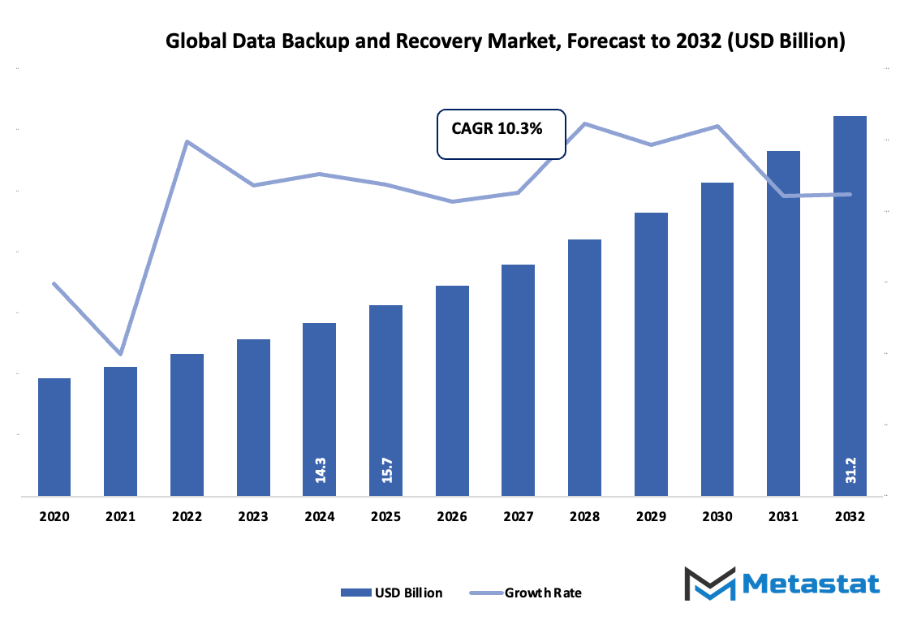
By the early 2000s and late 1990s, the global data backup and recovery market will witness the introduction of network-attached storage and cloud-based methods for the first time. These technologies will revolutionize data storage and data recovery by organizations, reducing their reliance on storage media to the minimum and lowering downtime during data loss. The major milestones will be the development of virtualization technologies and the growth of software-defined storage, enabling organizations to adopt more flexible and efficient methods of recovery.
With organizations in all industries embracing digital transformation efforts, customer needs will evolve toward quicker, more dependable, and remotely installable backup solutions. The market will answer with real-time replication, data protection through continuous backup, and hybrid cloud-based offerings. Coupled with these developments, regulatory demands for data privacy and retention will continue to impact solutions in the market, leading vendors to create solutions that support changing standards as well as ensure business continuity.
The market will also reflect the union of artificial intelligence and automation to provide predictive analytics for data recovery and anticipatory risk management. Companies will increasingly use intelligent backup systems with the ability to predict likely failure and mitigate the effect of disruptions. The small and medium enterprises will also spur the uptake of scalable solutions, balancing cost and security, such that the global data backup and recovery market is being extended beyond conventional enterprise environments.
In the years to come, the global data backup and recovery market will keep shaping how businesses safeguard their virtual realms, from the response-oriented character of recovery to more comprehensive and automated data protection systems. Its development will determine how technology, customer behavior, and regulatory environments converge to guide a still-vital industry to contemporary business operations.
Market Segments
The global data backup and recovery market is mainly classified based on Deployment Type, Organization Size, Industry Vertical, Backup Type.
By Deployment Type is further segmented into:
- Cloud: The cloud deployment model will help organizations to remotely store and fetch data, offering flexibility and scalability. Cloud solutions reduce the use of physical infrastructure and provide users with access to information anywhere. They also simplify management and allow faster recovery in the event of data loss events.
- On-premises: On-premises deployment would mean storing data within one's own infrastructure within the organization. It has full control over data security and compliance. Organizations can tailor storage systems to meet needs, but at the cost of higher maintenance, setup, and trained IT personnel to manage proper data recovery processes.
- Hybrid: Hybrid deployment will consist of a mix of cloud and on-premises solutions. It will enable companies to have sensitive data on local servers while other data is stored in the cloud. This will provide flexibility, cost savings, and enhanced disaster recovery abilities through the achievement of a balance between control and accessibility.
By Organization Size the market is divided into:
- Small and Medium-Sized Companies: Small and medium-sized enterprises will gain from cost-effective and scalable backup solutions. These companies are bound to need simple-to-administer systems that incur less downtime. Smaller business solutions will facilitate growth and provide data protection without infrastructure cost.
- Large Businesses: Large businesses will need strong and strong backup and recovery solutions. These organizations process enormous amounts of data from multiple departments. Solutions will emphasize high performance, security, and minimal downtime, which would ensure smooth business operation and regulatory compliance.
By Industry Vertical the market is further divided into:
- IT and Telecommunications: The IT and telecommunication industry will see extensive usage of backup and recovery software to make network operations and service availability possible. Protection of data is highly essential to avoid service disruption and loss of client confidence, and hence secure recovery mechanisms are essential for normal functioning.
- Retail: Back-up and recovery software will be utilized by retail companies to safeguard transaction history, customer information, and stock records. They will ensure data loss-free system crashes and continuous operation to achieve customer satisfaction and effective business operations.
- Banking, Financial Services, and Insurance: Reliable backup and recovery procedures must be employed in financial institutions for the security of personal information like the accounts and transaction history of the customers. Data recovery systems will ensure regulatory compliance and protection against system crashes or cyber-attacks resulting in economic loss.
- Government and Public Sector: Government and public sector agencies will utilize backup solutions to secure sensitive administrative and citizen information. They will offer uninterrupted public services, save records securely, and assist in disaster restoration from data loss incidents.
- Healthcare: Healthcare facilities will use backup and recovery software for protecting patient data, research data, and business data. Security and rapid recovery are crucial to provide timely treatment, regulatory compliance, and undisturbed medical services.
- Media and Entertainment: Media and entertainment companies will leverage backup solutions to store and restore enormous repositories of digital data. These systems will safeguard precious creative material from unintentional deletion, technical disruption, or cyber attacks, ensuring continuity of production and delivery.
- Education: Schools and learning institutions will depend on backup and recovery services to secure student information, research information, and administrative information. Systems will provide round-the-clock access to information for study, research, and administration even in case of technical malfunctions or system crashes.
- Others: Other sectors will deploy backup and recovery solutions to safeguard expert information in line with their respective needs. Solutions will emphasize business continuity, data protection, and effective recovery to support day-to-day business as well as long-term organizational objectives.
By Backup Type the global data backup and recovery market is divided as:
- Service Backup: Service backup will entail safeguarding business services and applications. Such systems will support quick recovery and service continuity in the event of a failure, avoiding interruptions and enabling smooth operation during organizational processes.
- Media Storage Backup: Media storage backup will concern maintaining large amounts of digital content, such as documents, images, and multimedia files. These services will guard against loss, offer access, and cater to long-term storing needs.
- Email Backup: Email backup will safeguard communications data, such as emails and attachments. Well-documented backup and recovery procedures will avoid loss of valuable correspondence, maintain business continuity, and keep organizational communication intact and safe.
|
Forecast Period |
2025-2032 |
|
Market Size in 2025 |
$15.7 Billion |
|
Market Size by 2032 |
$31.2 Billion |
|
Growth Rate from 2025 to 2032 |
10.3% |
|
Base Year |
2024 |
|
Regions Covered |
North America, Europe, Asia-Pacific, South America, Middle East & Africa |
By Region:
- Based on geography, the global data backup and recovery market is divided into North America, Europe, Asia-Pacific, South America, and the Middle East & Africa.
- North America is further divided into the U.S., Canada, and Mexico, whereas Europe consists of the UK, Germany, France, Italy, and the Rest of Europe.
- Asia-Pacific is segmented into India, China, Japan, South Korea, and the Rest of Asia-Pacific.
- The South America region includes Brazil, Argentina, and the Rest of South America, while the Middle East & Africa is categorized into GCC Countries, Egypt, South Africa, and the Rest of the Middle East & Africa.
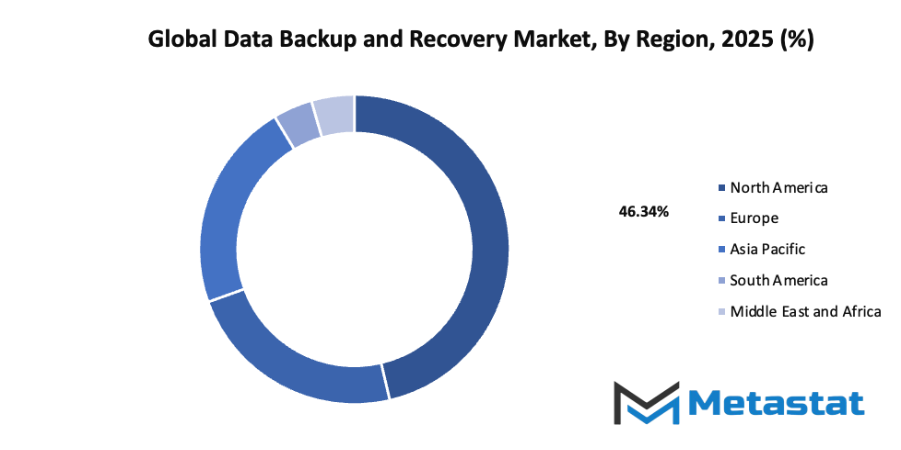
Growth Drivers
- Increasing cyber threats and data breaches: The global data backup and recovery market will grow as organizations face a rise in cyber attacks and data breaches. Businesses will prioritize protecting sensitive information, ensuring continuity, and preventing financial and reputational damage, which will increase the demand for reliable and efficient backup and recovery solutions.
- Stringent regulatory requirements for data protection: Regulations mandating the protection of personal and organizational data will drive growth in the global data backup and recovery market. Compliance with data protection laws, including regular backups, secure storage, and recovery protocols, will encourage organizations to invest in advanced systems that prevent data loss and ensure legal adherence.
Challenges and Opportunities
- Complexity of Data Backup and Recovery solutions: The global data backup and recovery market faces challenges due to the technical complexity of solutions. Organizations often encounter difficulties in integrating systems, managing multiple data sources, and ensuring seamless recovery processes, which can slow adoption and require skilled personnel to maintain effective backup strategies.
- High costs associated with implementing and maintaining backup systems: Expensive infrastructure, licensing fees, and ongoing maintenance costs create barriers in the global data backup and recovery market. Organizations must allocate significant budgets for hardware, software, and staff training, which may delay implementation and impact small and medium-sized businesses seeking cost-effective solutions.
Opportunities
- Adoption of cloud-based backup and recovery solutions: The global data backup and recovery market will benefit from the growing adoption of cloud-based solutions. Cloud platforms provide scalable storage, remote access, automated backups, and cost efficiency. Businesses increasingly prefer cloud options to reduce infrastructure investment, simplify management, and enhance recovery speed during data loss events.
Competitive Landscape & Strategic Insights
The global data backup and recovery market will witness significant shifts as technology continues to advance and organizations increasingly prioritize data security and availability. The industry will remain a mix of established international leaders and rapidly growing regional competitors, each offering innovative solutions to meet the evolving demands of enterprises. Companies such as Commvault Systems, Inc., IBM Corporation, Dell Technologies Inc., Hewlett Packard Enterprise Development LP, Veeam Software, Veritas Technologies LLC, Acronis International GmbH, NetApp, Inc., Rubrik, Inc., Cohesity, Inc., Oracle, Nakivo Inc., Unitrends, Inc., Micro Focus International PLC, Quest Software LLC, Vembu Technologies, Barracuda Networks, Inc., Datto, Inc., Asigra Inc., Infrascale Inc., OwnBackup Ltd., and Catalogic Software, Inc. will continue to lead the competitive landscape, while emerging players will introduce specialized offerings that target niche requirements.
The competitive environment will drive companies to focus on innovation and differentiation. Solutions that offer faster recovery, cloud integration, automation, and advanced analytics will gain a distinct advantage. Providers that adopt cutting-edge technologies such as artificial intelligence, machine learning, and predictive analytics will be able to anticipate potential data disruptions and respond proactively. The ability to scale efficiently and manage increasingly complex data ecosystems will define the leaders of the future.
Strategic insights will guide organizations in selecting partners that align with long-term objectives. Companies that provide flexible deployment models, comprehensive support, and seamless integration with existing infrastructure will gain preference. Regional players will continue to gain ground by offering cost-effective solutions and local expertise, creating a dynamic and competitive market environment. Collaboration and strategic partnerships will also emerge as critical tools for expanding capabilities, entering new markets, and accelerating innovation.
Market size is forecast to rise from USD 15.7 billion in 2025 to over USD 31.2 billion by 2032. Data Backup and Recovery will maintain dominance but face growing competition from emerging formats.
Looking ahead, the Data Backup and Recovery market will see a shift toward predictive and autonomous data management solutions. Organizations will demand systems that not only store and recover data but also ensure continuous availability, optimize performance, and reduce operational risks. As digital transformation accelerates, the industry will witness increasing investment in resilient, secure, and intelligent backup strategies. Companies that anticipate these trends and respond with forward-thinking solutions will shape the future of the market.
Report Coverage
This research report categorizes the Data Backup and Recovery market based on various segments and regions, forecasts revenue growth, and analyzes trends in each submarket. The report analyses the key growth drivers, opportunities, and challenges influencing the Data Backup and Recovery market. Recent market developments and competitive strategies such as expansion, type launch, development, partnership, merger, and acquisition have been included to draw the competitive landscape in the market. The report strategically identifies and profiles the key market players and analyses their core competencies in each sub-segment of the Data Backup and Recovery market.
Data Backup and Recovery Market Key Segments:
By Deployment Type
- Cloud
- On-premises
- Hybrid
By Organization Size
- Small and Medium-Sized Enterprises
- Large Enterprises
By Industry Vertical
- IT and Telecommunications
- Retail
- Banking, Financial Services, and Insurance
- Government and Public Sector
- Healthcare
- Media and Entertainment
- Education
- Others
By Backup Type
- Service Backup
- Media Storage Backup
- Email Backup
Key Global Data Backup and Recovery Industry Players
- Commvault Systems, Inc.
- IBM Corporation
- Dell Technologies Inc.
- Hewlett Packard Enterprise Development LP
- Veeam Software
- Veritas Technologies LLC
- Acronis International GmbH
- NetApp, Inc.
- Rubrik, Inc.
- Cohesity, Inc.
- Oracle
- Nakivo Inc.
- Unitrends, Inc.
- Micro Focus International PLC
- Quest Software LLC
- Vembu Technologies
- Barracuda Networks, Inc.
- Datto, Inc.
- Asigra Inc.
- Infrascale Inc.
- OwnBackup Ltd.
- Catalogic Software, Inc.
WHAT REPORT PROVIDES
- Full in-depth analysis of the parent Industry
- Important changes in market and its dynamics
- Segmentation details of the market
- Former, on-going, and projected market analysis in terms of volume and value
- Assessment of niche industry developments
- Market share analysis
- Key strategies of major players
- Emerging segments and regional growth potential



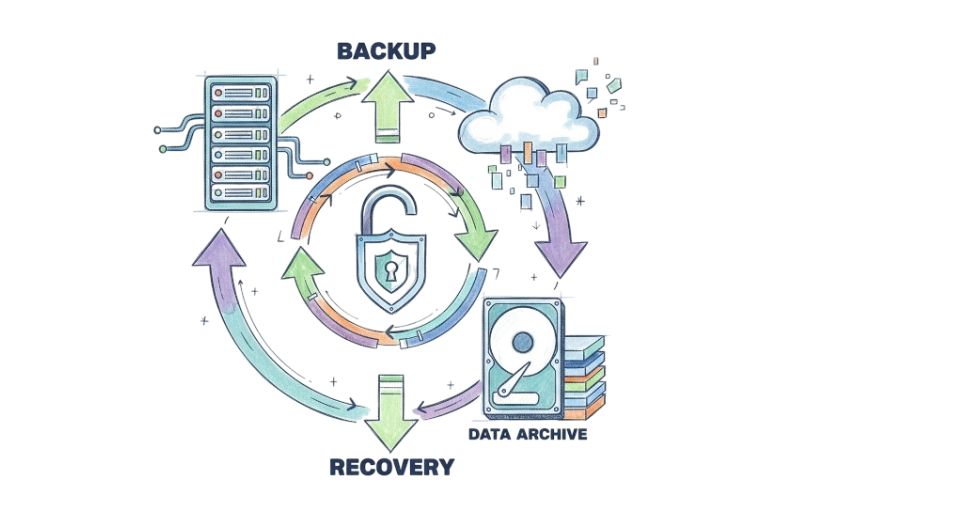
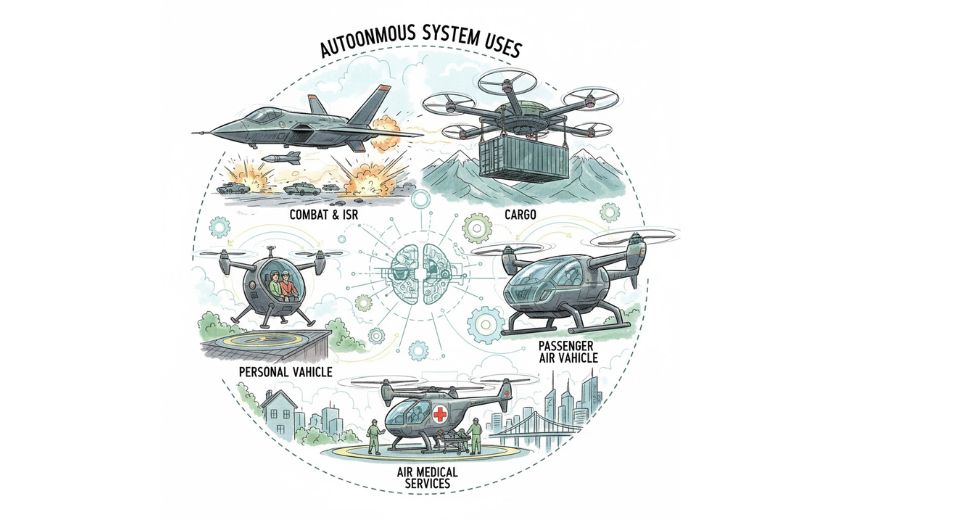
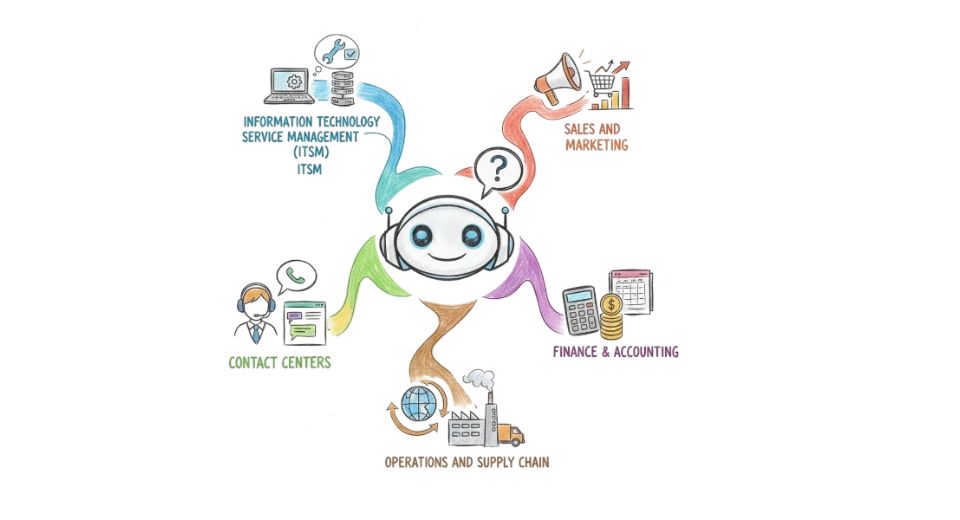
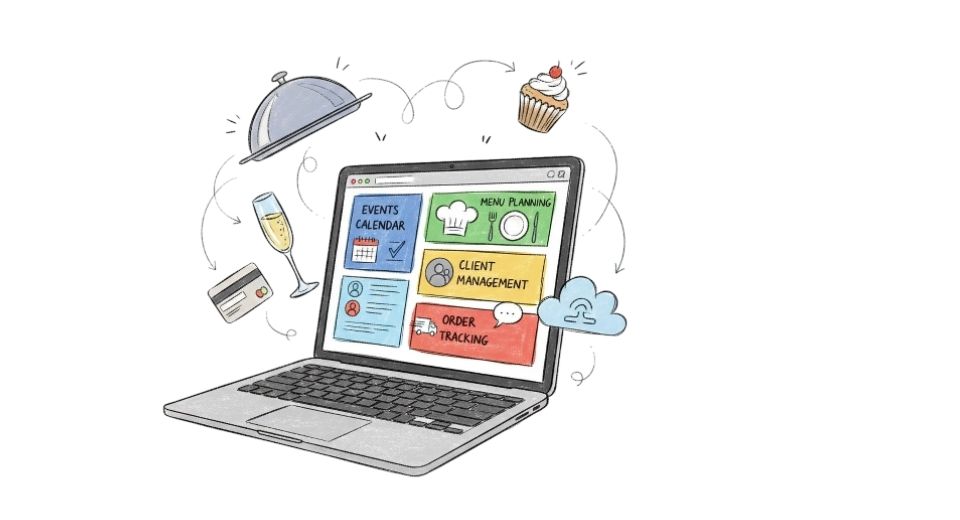

 US: +1 3023308252
US: +1 3023308252






